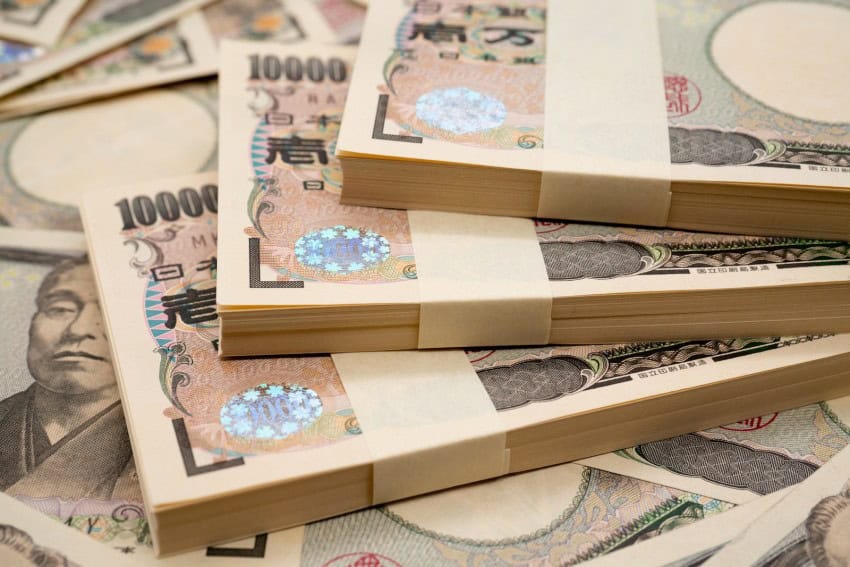
Japan likely spent some 3 trillion yen ($19 billion) overnight to lift the yen from a 37-year low versus the U.S. dollar, market estimates and data showed Friday, despite government officials remaining reticent on whether authorities intervened.
The suspected fresh market foray apparently sent the dollar tumbling over 4 yen from 161 yen in a short span of time, coming shortly after U.S. government data showed slowing inflation and strengthened the case for the Federal Reserve to cut interest rates in September.
Senior Japanese government officials refrained from either confirming or denying whether yen-buying intervention had taken place, leaving financial markets on edge. The same tactic was used when Japan spent a record 9.79 trillion yen between April and May to slow the yen’s rapid fall against the dollar.
The size of the latest intervention is based on the difference between market estimates of daily changes in the Bank of Japan’s current account balance and data released by the central bank. The Finance Ministry, which askes the BOJ to step into the market when it decides to intervene, is scheduled to release official data at the end of July.
Japanese officials had threatened to take action to counter excessive volatility in the currency market, sticking to its stance that yen moves should be stable, reflecting economic fundamentals.
While such verbal warnings made market participants cautious, the yen had still slipped toward 162 before the suspected intervention. It was trading around 159 on Friday.
“I do not comment on whether we have intervened or not,” Finance Minister Shunichi Suzuki told a press conference.
Japan’s top currency diplomat Masato Kanda and government spokesman Yoshimasa Hayashi also declined to comment.
Suzuki said foreign exchange levels should be determined by market forces but rapid fluctuations are undesirable. “In particular, we are concerned about one-sided movements,” he added.
The yen’s precipitous fall has raised concern about the negative impact on the Japanese economy, particularly the inflation of import costs for everything from energy to raw materials at a time when households are struggling with a cost-of-living crisis.
The major factor behind the feeble yen is the wide interest rate differential between Japan on one hand and the United States and Europe on the other.
The yen’s weakness was also evident against the euro, having hit its lowest level since the 1999 launch of the single European currency.
Finance chief Suzuki, in a similar vein, did not confirm a media report that the BOJ had conducted a “rate check” on the euro-yen pair, a practice seen by markets as a harbinger of actual intervention. In a rate check, the Japanese central bank contacts market participants to inquire about foreign exchange rates.
“The government will closely monitor currency market developments and take all necessary steps,” Chief Cabinet Secretary Hayashi told a separate press conference.
Market analysts said the yen’s rapid appreciation came as market players flocked to the currency as the U.S.-Japan interest rate differential narrowed following the release of the inflation data.
Japanese authorities may have taken advantage of the move and joined the flow to push the yen even higher, triggering more yen-buying in a chain reaction by market players who were caught off guard, they said.
Kanda, vice finance minister for international affairs, said earlier in the day that only a handful of officials would have direct knowledge of a market intervention if the government stepped in.
“That being the case, it’s inconceivable that government officials would have commented on it,” he said about some media reports citing government sources as confirming a foray on Thursday.
Japan spent 9.79 trillion yen between April and May in its previous bid to shore up the yen, after it fell to 160.24 on April 29. The Finance Ministry has yet to reveal exactly how much of the total it spent on what date.